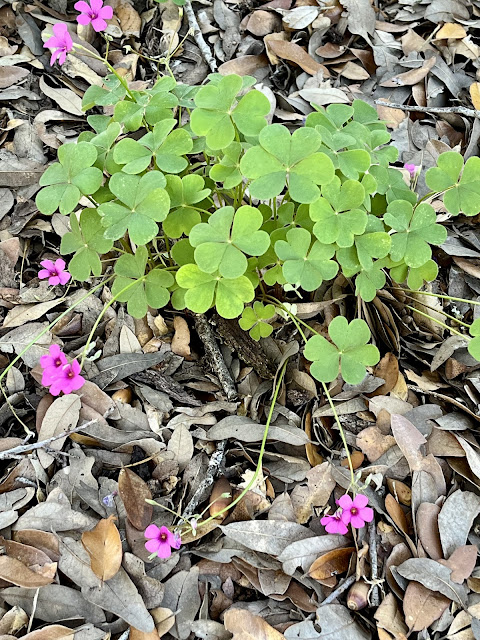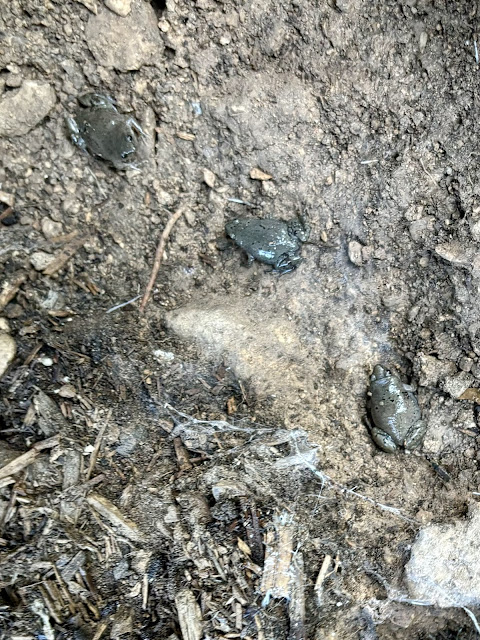Last weekend, I attended the 24th annual Texas Master Naturalist state conference in San Marcos. More than 600 members were there! I gave two presentations Saturday afternoon, and my daughter Lindsey drove up to sit in on both. I was so honored and delighted!
Anyway, my first presentation was "Spiders of Central Texas." I had a good turn out, and Samantha won my door prize. P.S. Notice how I changed T-shirts for my presentations?

Afterward, I had a few folks come up to ask me questions and show me their spiders photos. Fun!
 |
| Lindsey! |
Next up was my new presentation, "An Introduction: Texas Flies, Oh, My!" When the PBS video showed about how female mosquitos use six needles when they bite us, you should have seen the expressions in the room (photo below). Some were mesmerized (mostly the guys). Others were absolutely horrified. But that's nature!

I made some new friends and met up with others....
 |
Our chapter president Jill Goff, MJ Hansen and me
|
 |
Marv Peterson from Waco
|
 |
Me and roomie Linda Currie from Houston
|
 |
Lisa's late father was in my 2012 training class! Everyone loved Tom. Lisa works for Embassy Suites, where our conference was held.
|























